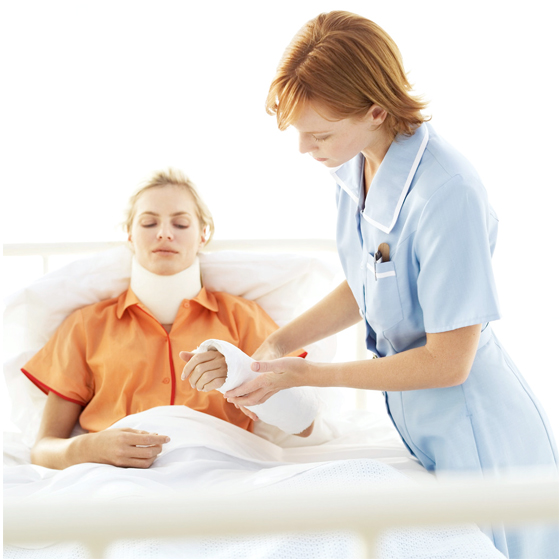An Overview on Bioequivalence Regulatory Requirements of Pharmaceutical Products: India and Gulf Cooperation Council States - (Gulf Cooperation Council Guidelines)
Abstract:
Generic
pharmaceutical products need to comply the same standards of quality, efficacy
and safety as required of the innovator product. Generic drug market is
expected to rise in coming future. Specifically, the Generic product should be
therapeutically equivalent and interchangeable with the reference product.
Present study highlights the regulatory guidelines for conduct of
bioequivalence in India and the Gulf Cooperation Council States.
There
is no international harmonization of regulatory requirements for
bioequivalence, however, bioequivalence range and statistical analysis are to
some extent harmonized, but there are differences in selection of subjects,
food effect, application of multiple dose study, in vitro dissolution study,
reference product etc.
In
bioequivalence studies, the plasma concentration time curve is generally to
assess the rate and extent of absorption. Selected pharmacokinetic parameters
and preset acceptance limits allow the final decision on bioequivalence of the
tested products. (AUC) the area under the concentration time curve reflects the
extent of exposure. (C max) the maximum plasma concentration or peak exposure,
and the time to maximum plasma concentration, (t max) are parameters that are
influenced by absorption rate.
Bioequivalence
study is one of the main requirements for generic drug approval process. This
review provides an easy and quick overview for regulatory consideration
required for bioequivalence study in those regions. In this paper includes
information about important aspects of bioequivalence study design and
specifications guidelines of each parameters also have been addressed.
Keywords:
Bioequivalence, Bioavailability, Pharmacokinetics, GCC (Gulf Cooperation
Council).
References:
[1].
Bioavailability / Bioequivalence: Current Draft Mar 2005 Requirements
and Guidelines for Permission to Import and / or Manufacture of New Drugs for
Sale or to Undertake Clinical Trials.
[2]. BA and
BE
- Central Drugs Standard Control Organization
http://www.cdsco.nic.in/forms/list.aspx?lid=1855&Id=1.
[3]. CDSCO Guidelines for BA and BE studies
http://www.pharmainfo.net/cdsco-guidelines-ba-and-be-studies.
[4]. Ethical Guidelines for Biomedical
Research on Human Participants (published by the Indian Council of Medical
Research): Oct 2006.
[5]. Guidelines for bioavailability & bioequivalence studies – CDSCO
http://www.cdsco.nic.in/html/be%20guidelines%20draft%20ver10%20march%2016,%.pdf.
[6]. GCC Guidelines for Bioequivalence Retrieved from The https://www.sfda.gov.sa/en/drug/drug_reg/Regulations/GCC_Guidelines_Bioequivalence.pdf.
[7]. Nitika K et al (2016) Study of Regulatory
requirements for the conduct of bioequivalence studies in US, Europe, Canada,
India, ASEAN and SADC countries: Impact on generic drug substitution. J Applied
Pharmaceutical Science 6 (04 206-222. Doi: 10.7324/japs.2016.60430.
[8]. Pre-Screening revised checklist for BA/BE NOC for Export
http://www.cdsco.nic.in/writereaddata/BABE_Prescreening%20checklist%202014.pdf.
[9]. Rani S, et al (2004) Bioequivalence:
An overview of statistical concepts. Indian J Pharmacology 36: 209-216.
[10]. Revised checklist for BA/BE NOC effective from 01st February 2014
http://www.cdsco.nic.in/writereaddata/BABE%20website%202014%20revised%20document%2
0required.pdf.
[11]. Srivastav AK et al (2013) A Review Article
on Bioavailability and Bioequivalence Studies. Intl J PharmTech Research4 (4)
1711-1721.
[12].
Schedule Y – Amended Version, Jun 2005 GCP: 2005 Submission
of Clinical Trial Application for Evaluating Safety and Efficacy: v1.1 Dec
2008.
[13]. Tamboli AM et al (2010) An Overview on Bioequivalence:
Regulatory Consideration for Generic Drug Products. J Bioequiv Availab
2:086-092. doi: 10.4172/jbb.1000037.
[14]. Upendra CG et al (2014) Study on
requirements of bioequivalence for registration of pharmaceutical products in
USA, Europe and Canada. Saudi Pharmaceutical J 22, 391-402.

